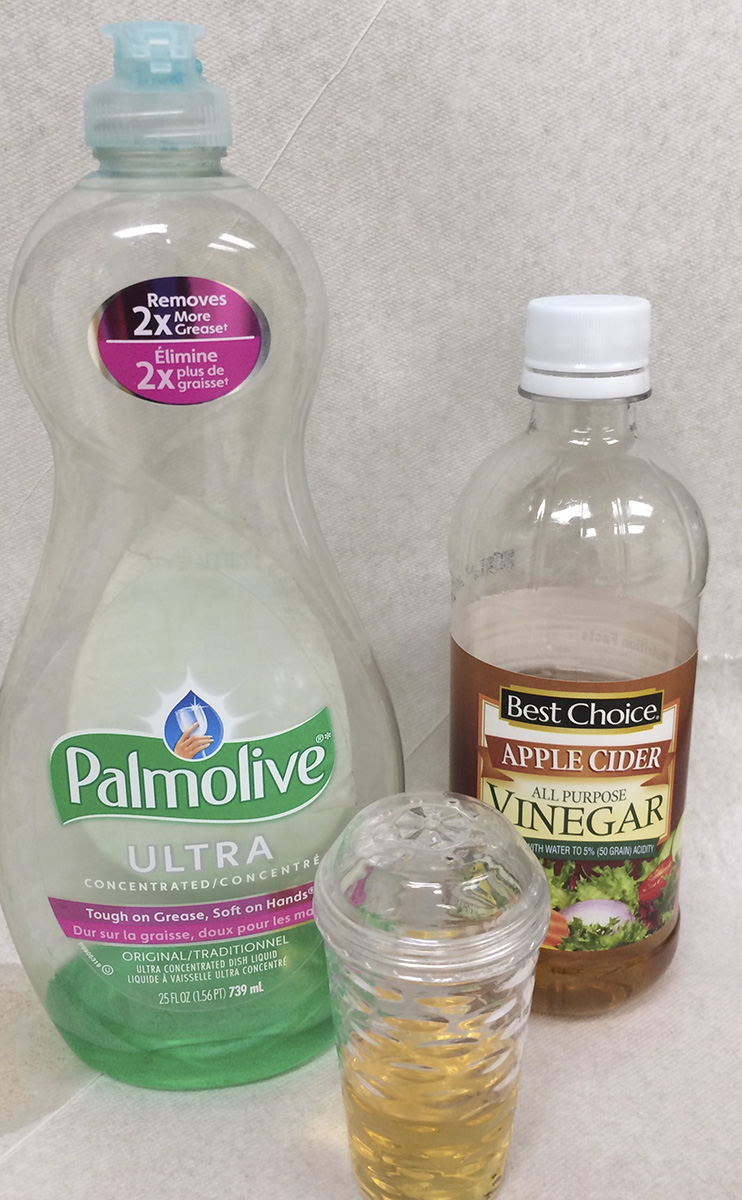
By Jody Green, Extension Educator, Douglas–Sarpy Counties
Fruit flies are 1/8-inch long and typically have red eyes. They are one of the smallest and most common flies in homes or anywhere food ripens, rots and ferments. Fruit flies begin as eggs before they hatch into legless larvae or maggots. The maggots enter a pupal stage to develop into mature, winged, adult flies. They are active year-round indoors, but their life cycle will slow in cooler temperatures. Under optimal conditions in the summer, they can complete their life cycle in 7–10 days.
Some of the most common breeding sites and food sources include ripe and rotting bananas, tomatoes, squash, melons, potatoes and onions. If these are not present, fruit flies can develop in any moist film of fermenting material in trash containers, drains, empty wine bottles, pop cans, garbage disposals, mops, dishcloths and discarded food containers.
Prior to pupation, the maggots will migrate to a drier location nearby. Adults are good fliers, attracted to lights and therefore, found flying around people’s faces away from the source of the infestation.
To eliminate fruit flies, it is necessary to find and remove the feeding/breeding site.
Here are some places to look:
• Kitchen counter where fruit is stored.
• Cupboards and pantry where non-refrigerated produce is stored.
• All places where trash, compost and to-be-recycled items are collected.
• Lunch boxes, bags or food storage containers that may have been forgotten.
• Drains and garbage disposable.
• Pet food bowls (which include reptile or arthropod terrariums).
Once the source is removed, the adult flies can be trapped using a homemade fruit fly attractant trap (see photo).